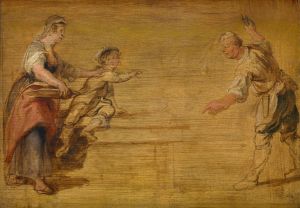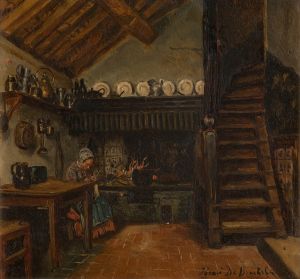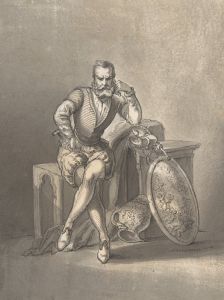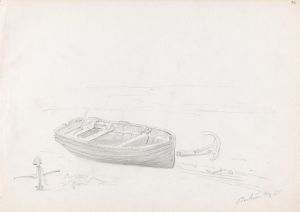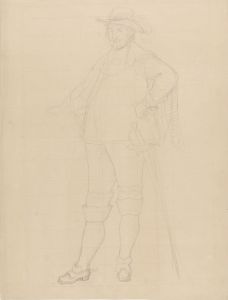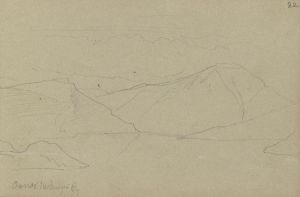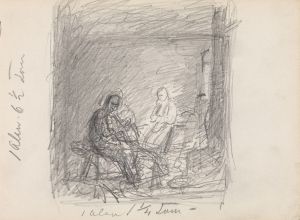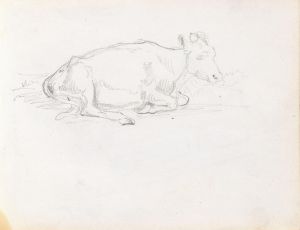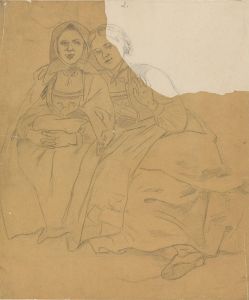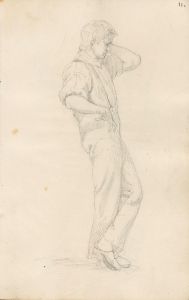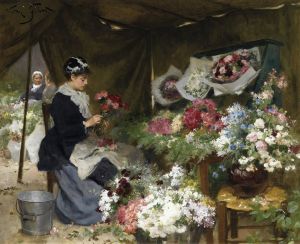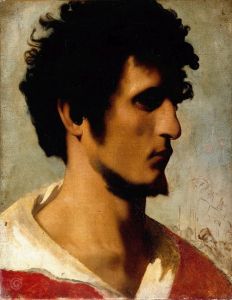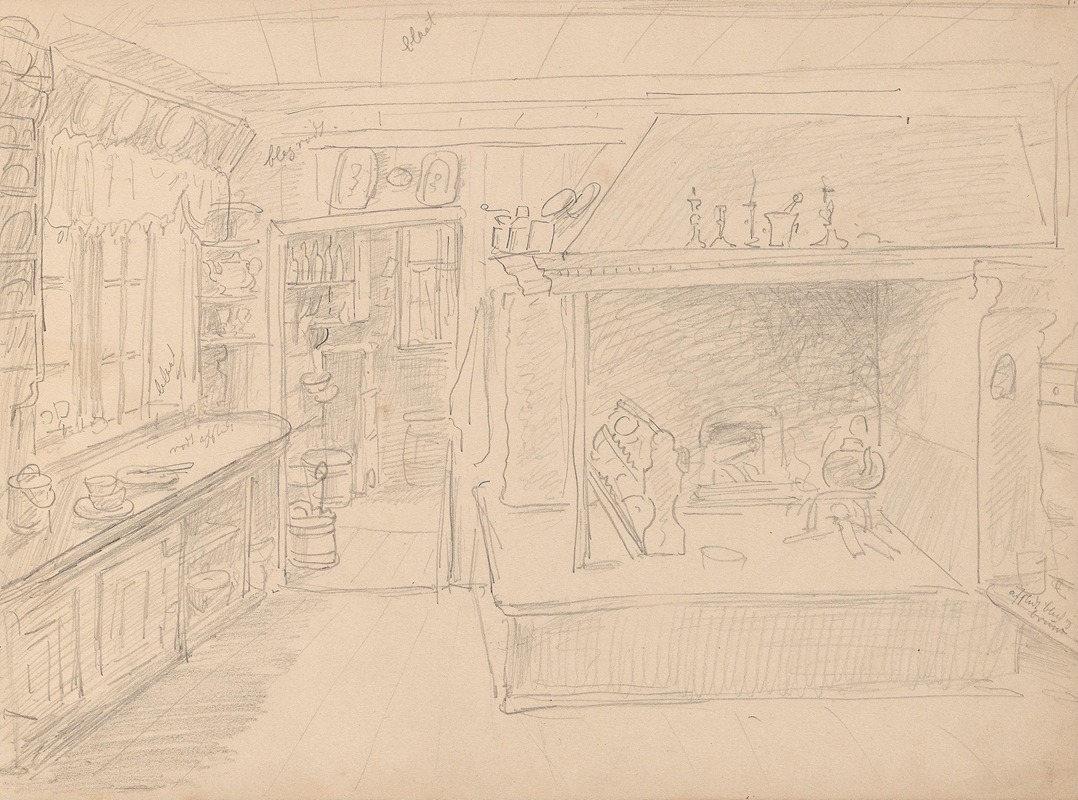
Kjøkkeninteriør
A hand-painted replica of Adolph Tidemand’s masterpiece Kjøkkeninteriør, meticulously crafted by professional artists to capture the true essence of the original. Each piece is created with museum-quality canvas and rare mineral pigments, carefully painted by experienced artists with delicate brushstrokes and rich, layered colors to perfectly recreate the texture of the original artwork. Unlike machine-printed reproductions, this hand-painted version brings the painting to life, infused with the artist’s emotions and skill in every stroke. Whether for personal collection or home decoration, it instantly elevates the artistic atmosphere of any space.
Adolph Tidemand's painting "Kjøkkeninteriør" (translated as "Kitchen Interior") is a work by the renowned Norwegian artist, who is best known for his contributions to the Romantic Nationalism movement in 19th-century Norway. Tidemand, born on August 14, 1814, in Mandal, Norway, was a central figure in Norwegian art, celebrated for his depictions of rural life, traditional customs, and the everyday experiences of Norwegian people.
"Kjøkkeninteriør" is an example of Tidemand's focus on domestic and cultural themes. The painting portrays an interior scene of a Norwegian kitchen, capturing the simplicity and functionality of rural life during the 19th century. The work reflects Tidemand's interest in documenting the traditions and lifestyles of Norwegian society, which were undergoing significant changes during his lifetime due to industrialization and modernization. By preserving these scenes in his art, Tidemand contributed to a growing sense of national identity and pride in Norway's cultural heritage.
The painting is characterized by its attention to detail and the warm, earthy tones that Tidemand often employed to evoke a sense of intimacy and realism. The composition typically includes figures engaged in everyday activities, such as cooking or interacting with one another, set against the backdrop of a modest, rustic interior. This focus on the human element and the domestic sphere aligns with Tidemand's broader artistic goals of celebrating the dignity and resilience of ordinary people.
Adolph Tidemand's works, including "Kjøkkeninteriør," were highly regarded during his lifetime and remain significant in the study of Norwegian art history. His paintings often served as visual records of a way of life that was rapidly disappearing, making them valuable both artistically and historically. While specific details about the creation date or current location of "Kjøkkeninteriør" are not widely documented, it is consistent with Tidemand's broader oeuvre, which frequently explored similar themes and settings.
Tidemand's legacy is closely tied to his collaboration with Hans Gude, another prominent Norwegian artist, on iconic works such as "Brudeferden i Hardanger" ("The Bridal Procession on the Hardangerfjord"). However, his solo works, including "Kjøkkeninteriør," highlight his individual talent and his dedication to portraying the cultural essence of Norway.
Further research into museum collections or archives may provide additional information about "Kjøkkeninteriør," but its thematic and stylistic elements firmly place it within the context of Tidemand's contributions to Norwegian Romanticism and his role in shaping the nation's artistic identity.






